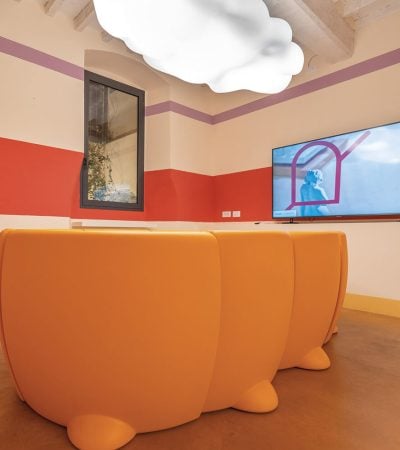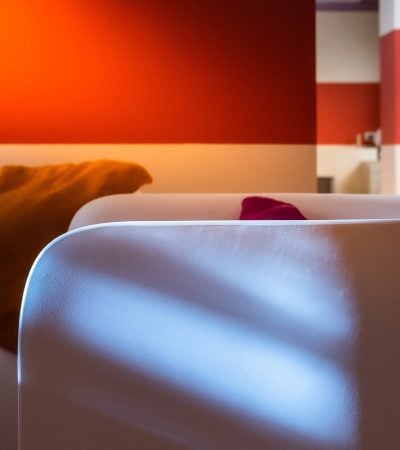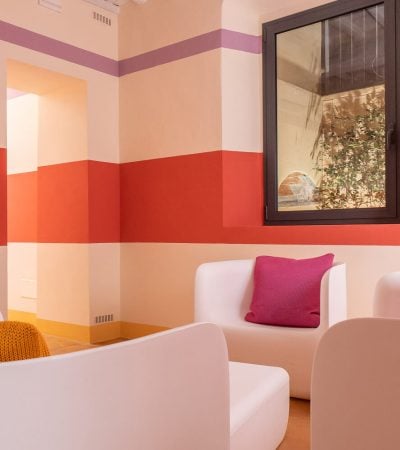Successful digital solutions
 Discover more
Discover more
custom projects
Let’s design the ideal software together for the success of your business.
We create your digital universe: whether it’s a website, an e-commerce platform, or more advanced and complex software, we analyze your business needs and together define the development of a tailor-made project for you.
specialized products
Powerful solutions, thanks to twenty-five years of experience in the machinery and equipment rental sector.
01/04
Manage and share all the documentation for your machines and equipment with artificial intelligence. Save time, reduce errors, increase productivity.
02/04
A digital assistant that perfectly knows your sector and your company, to continuously train your operators and assist your customers.
03/04
Always propose the best price for every rental contract, taking into account your company’s objectives and history.
04/04
Calculate the emissions of your machines and projects impartially. In collaboration with ERA – European Rental Association.






